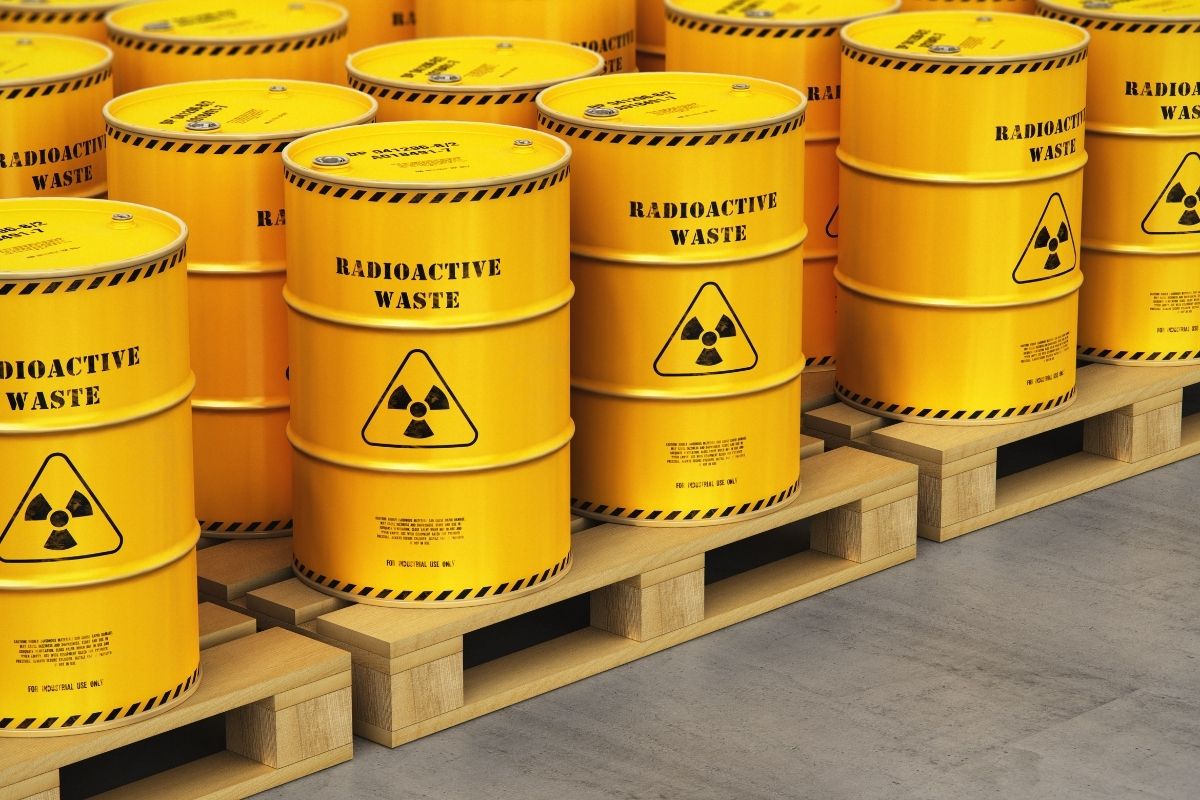Radioactive waste management is the process of handling and disposing of radioactive material in a safe and responsible manner. It is a complex and ongoing process that involves a number of different stakeholders, including government agencies, private companies, and the public.
Radioactive waste is any waste that contains radioactive material. This waste can come from a variety of sources, including nuclear power plants, medical facilities, and research laboratories.
Radioactive waste can be classified into two broad categories: high-level waste (HLW) and low-level waste (LLW). HLW is a waste that is highly radioactive and can remain so for long periods of time. LLW is waste that is less radioactive and has a shorter radioactive half-life.
The quantity of radioactive waste produced each year can vary depending on the type of nuclear facility and the level of activity at the facility. Radioactive waste management is a complex process that involves a number of steps. These steps for radio active waste disposal include:
1. Identifying the source of the waste
The first step in managing radioactive waste is to identify the source of the waste, and the type and amount of waste that needs to be disposed of or managed.
This information is used to develop a waste management plan, which outlines the steps that will be taken to safely and responsibly manage or dispose of the waste.
The plan may include a number of different options for disposal, such as burial, incineration, storing, or recycling.
Read Also: How to Make Money from Computer Recycling
2. Classifying the waste
The second step in managing radioactive waste is to classify the waste. This involves analyzing the waste into its different types after it has been identified.
By classifying them into their types, it would be easier for the waste to be disposed of properly.

3. Transport of the waste
The next step involved in the management of radioactive waste is transporting it to various locations where it will be stored, recycled, or disposed of. But this can’t be done if the waste is not identified and classified into its types and quality.
There are various companies that specialize in the disposal of radioactive waste; therefore, the waste should be transferred to any recommended facility.
4. Storage of waste
The next step involved in the management process is to store the waste at the designated radioactive waste management facility for treatment and preparation for disposal of the radioactive waste.
Read Also: Complete Non-Biodegradable Waste Management Guide
5. Disposal of the waste
The final step is to dispose of the radioactive waste. Radioactive waste disposal is the process of managing and controlling radioactive materials that are considered to be waste.
Radioactive waste is typically generated by nuclear power plants, medical facilities, and research laboratories. However, there are a variety of ways to dispose of radioactive waste, each with its own advantages and disadvantages.
The most common method of disposing of radioactive waste is through burial. Burial is typically conducted in deep underground repositories, where the waste is placed in containers and then buried beneath a layer of rock.
The rock acts as a barrier to prevent the radioactive materials from coming into contact with the environment. One advantage of burial is that it is a relatively simple and inexpensive process.
However, burial is not a permanent solution, as the radioactive materials can eventually be exposed to the environment over time; the radioactive material can leach into the groundwater, contaminating it. Another is that there is always the potential for the waste to be unearthed by future generations, exposing them to the dangers of radiation.
A second option for disposing of radioactive waste is to incinerate it. This method is often used for medical waste, as it completely destroys the hazardous material.
However, it can also release harmful pollutants into the air, which can be dangerous and harmful to anyone available at the locations where this waste will be destroyed.
The incineration of radioactive waste can cause the release of toxic flammable smoke into the air if it is not taken off carefully, affecting everyone.
And lastly, the last option for disposing of this waste is to simply store it in a secure location. This isn’t often the preferred option for highly radioactive waste, as it minimizes the risk of contamination.

